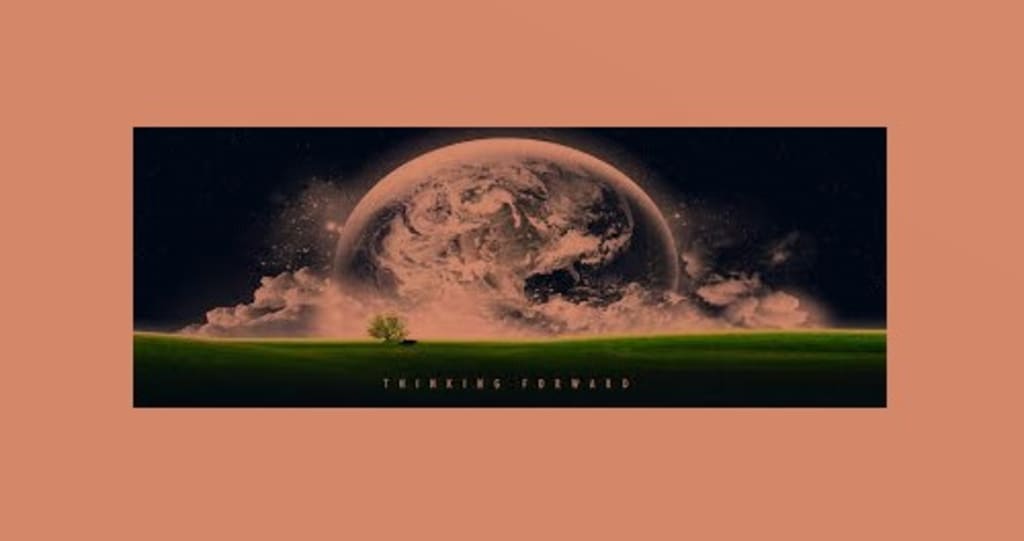
HUMANS LIVING IN A NEW WORLD
Prologue: The End of the Old World
The world as we knew it was no more. Climate change, political upheavals, and pandemics had ravaged the planet, making it uninhabitable for humans. As a last resort, a group of scientists and adventurers came together to find a new world to call home.
The Search for a New World
After years of searching, the group finally discovered a habitable planet in a distant galaxy. They launched a mission to colonize the planet, taking with them the necessary supplies and equipment to build a new society.
Arrival on the New World
The journey to the new world was long and arduous, but finally, the group arrived on the planet. They were greeted by a stunning landscape of mountains, rivers, and forests, teeming with exotic flora and fauna. The group wasted no time in getting to work, setting up their base camp and exploring the surrounding area.
Building a New Society
Over the next few years, the group worked tirelessly to build a new society from scratch. They built homes, schools, hospitals, and factories, creating a thriving community in the heart of this new world. They worked together, pooling their resources and knowledge to overcome the challenges they faced.
Conflict and Challenges
Despite their best efforts, the group encountered many challenges along the way. They had to deal with natural disasters, such as hurricanes and earthquakes, as well as social conflicts and cultural differences. However, through it all, they remained resilient, adapting and evolving to meet the ever-changing demands of their new world.
THE END OF THE OLD WORLD
The end of the ancient world: This can refer to the collapse of classical civilizations such as the Roman Empire or the Han Dynasty in China. These events marked the transition from ancient to medieval times, and led to significant changes in politics, culture, and society.
The end of the pre-modern world: This can refer to the period of European history known as the Middle Ages, which was characterized by feudalism, the dominance of the Catholic Church, and limited scientific and technological progress. The end of this period is usually associated with the Renaissance and the Scientific Revolution.
The end of the colonial world: This can refer to the process of decolonization that took place in the 20th century, when many countries in Asia, Africa, and the Americas gained independence from European powers. This process marked the end of the colonial era and the beginning of a new era of global politics and economics.
The end of the Cold War world: This can refer to the collapse of the Soviet Union and the end of the Cold War in the late 1980s and early 1990s. This event marked the end of the bipolar world order that had dominated international relations since World War II, and led to significant changes in global politics and economics.
THE SEARCH FOR A NEW WORLD
Exploration and colonization: In the Age of Exploration, European powers embarked on voyages of discovery in search of new lands and resources. This led to the colonization of the Americas, Africa, and Asia, and marked the beginning of the modern era of global trade and imperialism.
Scientific and technological progress: The search for a new world can also refer to the pursuit of scientific and technological progress, in which researchers and inventors seek to develop new technologies, materials, and methods that can improve human life and expand our understanding of the world.
Personal transformation and growth: The search for a new world can also be a metaphor for personal transformation and growth. This might involve leaving behind old patterns of behavior, beliefs, or relationships in order to find new opportunities for growth and fulfillment.
Social and political change: The search for a new world can also refer to efforts to achieve social and political change, in which activists, leaders, and communities work to create new systems and structures that can better address the challenges of the present and future.
ARRIVAL ON THE NEW WORLD
This marked the beginning of European exploration, colonization, and exploitation of the Americas, which had a profound impact on the indigenous peoples and cultures of the region.
The arrival of Columbus and subsequent European expeditions led to the spread of disease, the displacement of indigenous populations, and the exploitation of natural resources such as gold and silver. It also introduced new foods, plants, and animals to both Europe and the Americas, which transformed the economies and diets of both regions.
The arrival of Europeans in the New World also had significant political and cultural consequences. European powers established colonies in the Americas, bringing with them new forms of government, religion, and social organization. This eventually led to the formation of new nations in the Americas, many of which gained their independence from European powers in the 19th and 20th centuries.
BUILDING A NEW SOCIETY
Political revolution: Building a new society can involve political revolutions that aim to overthrow an existing regime or government and replace it with a new system that better reflects the needs and interests of the people. This often involves changes to the political structure, such as the adoption of a new constitution or the establishment of a new form of government.
Social movements: Building a new society can also involve social movements that seek to change existing social norms and values. This can include movements for gender equality, racial justice, or LGBTQ rights, which aim to create a society that is more inclusive and equitable.
Economic reforms: Building a new society can also involve economic reforms that aim to address inequality and create a more just economic system. This can involve measures such as progressive taxation, universal basic income, or workers' rights.
Cultural transformation: Building a new society can also involve cultural transformation, in which new values, beliefs, and practices are adopted to create a more cohesive and harmonious society. This can involve efforts to promote multiculturalism, respect for diversity, and shared cultural experiences.
CONFLICT AND CHALLENGES
International relations: Conflict and challenges can arise in international relations, such as tensions between different countries over trade, resources, or territorial disputes. These challenges can escalate into armed conflicts or even wars.
Social and political divisions: Conflict and challenges can also arise from social and political divisions within a society, such as polarization over issues like immigration, race, or economic inequality. These divisions can lead to protests, violence, or even civil unrest.
Environmental issues: Conflict and challenges can also arise from environmental issues, such as climate change, pollution, or natural disasters. These challenges can lead to displacement, loss of livelihoods, and even conflict over resources.
Technological disruptions: Conflict and challenges can also arise from technological disruptions, such as the impact of automation on employment, the rise of digital privacy concerns, or the spread of misinformation online. These disruptions can create new challenges for individuals and societies as they adapt to new technologies.
About the Creator
Reader insights
Good effort
You have potential. Keep practicing and don’t give up!
Top insight
Heartfelt and relatable
The story invoked strong personal emotions






Comments (2)
nice story
good story